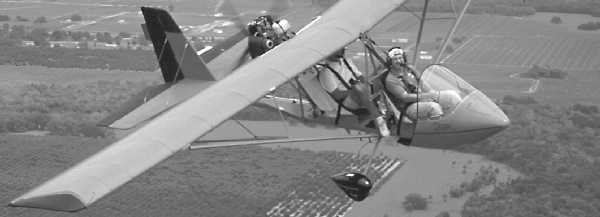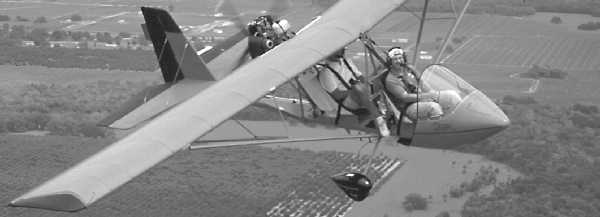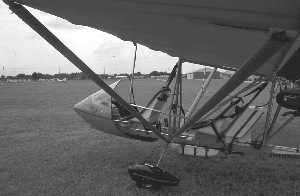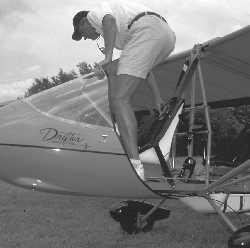
One-time Aussie distributor Chris Blackwell claimed sales in excess of 200 units – and this was the American-produced version from the Maxair company. It proved no impediment that Drifter kits had to be shipped halfway around the Earth to reach the land of kangaroos. Sometime after this illustrious and energetic time, things went south for Maxair in more than just a financial way. Through a labyrinth of twists and turns, a Florida man named Don Jones ended up owning the one-time Pennsylvania company in a set of circumstances most charitably called “questionable.” At best, he kept the design alive. At worst, he sunk the design into near oblivion. Fortunately, good things tend to stick around, regardless of how badly they’re treated. The Drifter is an example. Perhaps because the Drifter made it to Australia in large numbers, the ’97 incarnation of the tandem aircraft now returns from the country on the bottom side of the globe.












